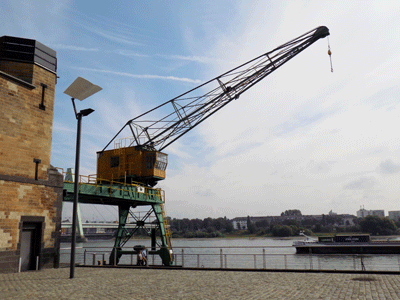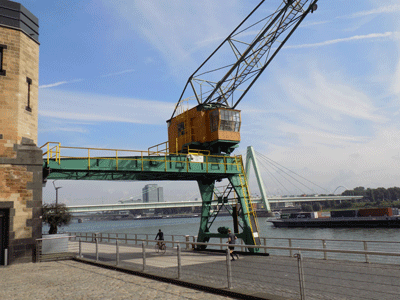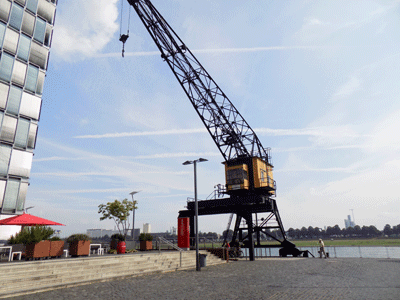The Rheinauhafen
Cologne is a big city with many attractions and the people of Cologne should get another breathtaking one. The Rheinauhafen had a completely different task than it was built many years ago. The barges were loaded and unloaded there. A forbidden zone for normal citizens, which represented a closed world in itself. After the Second World War, however, the port lost its importance as more and more work was relocated to other locations. The ports in Godorf, Niehl, Mülheim and Deutz were now also in great demand.
What was left? At the port
But what then remained as a task for the Rheinauhafen? The vacant buildings were also used more and more often as a film set. Ideal for crime novels and crooks! Otherwise, this uncut diamond was hardly used. I was there myself when I was younger because you could rent all the basement rooms and halls for parties. After all, nobody was bothered there, since nobody lived there.
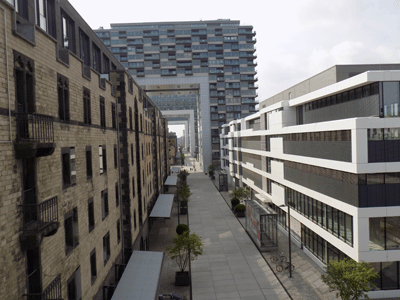
It's going up!
Finally there was some momentum in the matter: the diamond should be cut. In 1992 there was a competition organized by the city of Cologne and a suggestion was made as to how this area could be used sensibly there. What could arise from this area? Residential area? Office district? Or should it just become a huge, green park right on the Rhine? There were really many ideas, but there were also many citizens who had very, very many arguments against every proposal.
In 2002 the green light was finally given for the renovation of the Rheinauhafen. The back and forth finally came to an end and the campaigns of the "Häfen und Güterverkehr Köln" (owner of the site) had been successful.
Giant area
It is a huge area that is now to be made into the youngest quarter of Cologne. The gem is two kilometers long and more than 200 meters wide and will soon provide apartments and office space with the most expensive square meters in the cathedral city. Restaurants, cafes and even a hotel should soon decorate the Rheinauhafen.
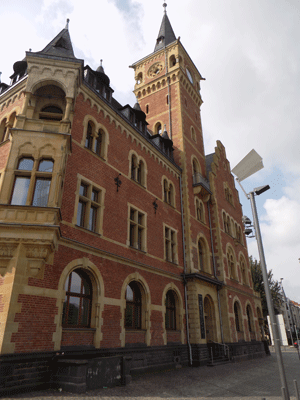
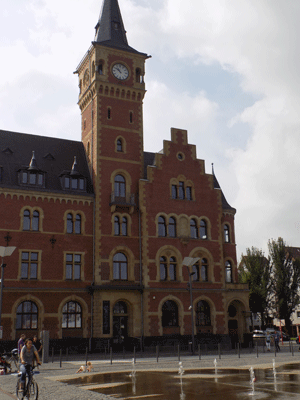
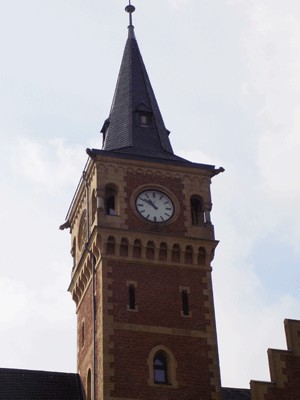
Port Authority
The Hafenamt is an unmistakable building, which just looks beautiful and is adorned with many decorations. No, it is not a new modern building, but it has a brick facade and is a deliberate reminder of the heyday, the time when the ships were still docked here. With its great clock tower, it is the landmark of the Rheinauhafen. It is a listed building and is an office building and even the residence of the port director rolled into one.
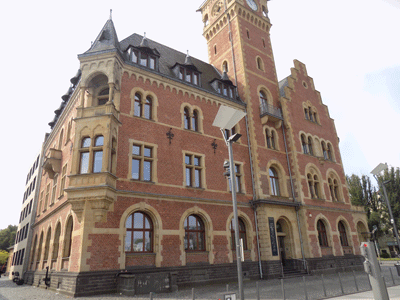

The power house
Another historic building is the power house . In the past, pumps and motors were housed there. Your task was to prepare the pressurized water for all hydraulic systems in the entire port! Respect for this difficult and at the same time important task. Every single crane in the port was therefore dependent on this powerhouse. From the outside, the power house might not have been styled that "Italian", but it was still nice to look at. The brick facade is in two colors and the roof landscape in particular gives the building its own flair. What you can hardly believe: the walls of the numerous machines and pump rooms were or are decorated with beautiful wall paintings. There is still a lot of wood built into the floor and ceiling. This beautiful building is also a listed building. It has now been rebuilt and has become a modern office building. Here, too, some resourceful architects had their fingers in the game and were able to realize their vision. From the inside, the building is now wide open and modern. Wood and shiny iron or metal determine the picture. With a lot of light and a great feeling, it is much easier to work.
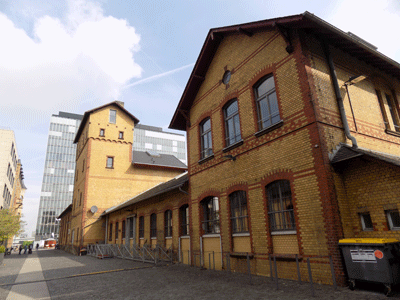
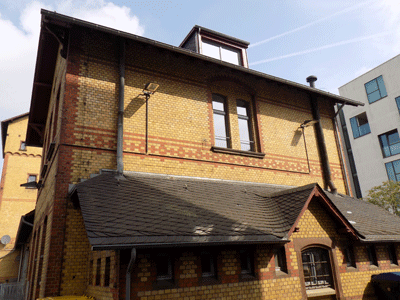
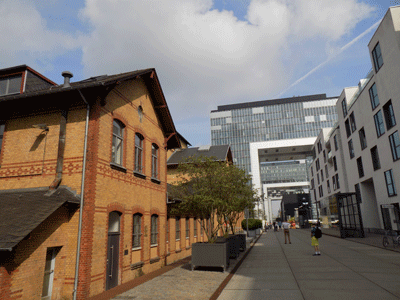
The lure shed
Of course, a real harbor also has its own track system and thus of course the need for its own lock shed . At that time there were three railway tracks on which the locks drove back and forth and the goods were loaded onto the ships. Cranes then loaded the freight from the ships onto the wagons or vice versa. The cranes and the lock shed are the only ones left today. Unfortunately, the lockshed can no longer be used today and is actually only there as a memorial. The preservationists actually wanted to keep the tracks, but couldn't get their way and so only the lock shed and the cranes remained. The flood made it necessary to raise the floor and subsequently impaired the function of the entire building. Otherwise everything in this building has actually been renewed: windows, ceilings or dormers have received a contemporary update.
The Wohnwerft 18.20
It is the longest building in the entire Rheinauhafen. It is 176 meters long and houses exactly 72 residential units. Anyone who lives here has "made it" you might think. A great view and a great location. But who wants to be visited every day by many Cologne tourists, construction workers and business people? The location not only attracts the people who want to live there, but also many curious people and people who just want to have a good time there, maybe have a coffee or something similar. This may cause the residents to feel disturbed. So decide for yourself whether this is a great place to live. The building was refined by the Cologne architects Römer und Partner . A noble white plaster was applied to create a friendly, bright atmosphere. Otherwise, the apartments are of course all a dream: all with a beautiful view of the Rhine and all have large balconies, on which you would of course like to spend the sunny days in Cologne. Since it can be quite windy there, there are sliding glass panes as wind protection. But there is one thing you must not forget as a resident: there is also a landing stage for inland shipping! This sometimes leads to discussions with the residents, who pay dearly, think they can demand their quiet there. But let's not forget the Mannheim Act, which was enacted as a law of 1874, which allows you to invest wherever you want. The flood protection walls also show, and still do, that we are right on the water! These mobile protective walls can be moved and offer protection up to a height of 11.40 meters.
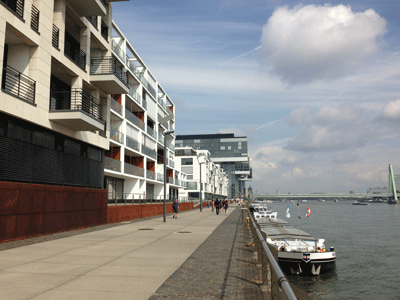
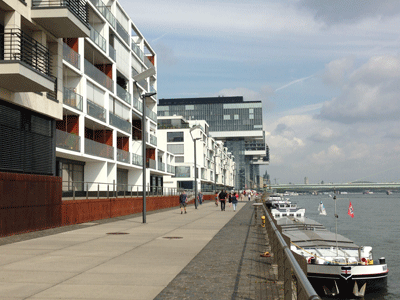
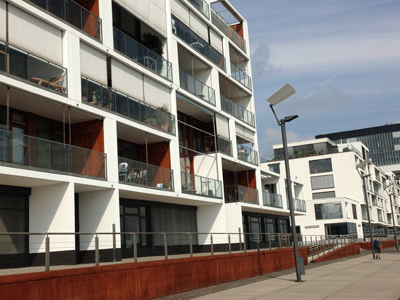
The Siebengebirge
And that doesn't mean the old Siebengebirge , but the old Danzig warehouse . It is popularly named Siebengebirge because it has seven gables facing the city. Incidentally, the building was built in 1909 by Hans Verbeek. Before the crane houses were built, this Siebengebirge was something like the landmark of the Rhine harbor (next to the clock tower of the port authority). The building was actually supposed to be torn down as it had windows that were too small and was initially not at all suitable as a residential complex. But here, too, some resourceful architects were able to work miracles. Windows were enlarged, Velux windows were built into the sloping ceilings and loggias were installed. And - oh wonder - a total of 138 residential units could be built, which were in very strong demand on the housing market. Suddenly everyone wanted to live there, even without a garden. The view and the location. Overall, however, the units are always quite dark, as the sun does not get into the deep rooms very well. So you have to work with a lot of lamps, bright wallpapers and other tricks. The crane houses are of course much lighter and more comfortable .... But ok, they are of course much more expensive and inaccessible.
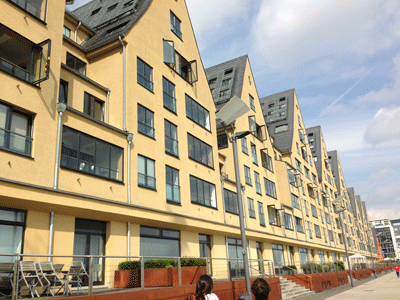
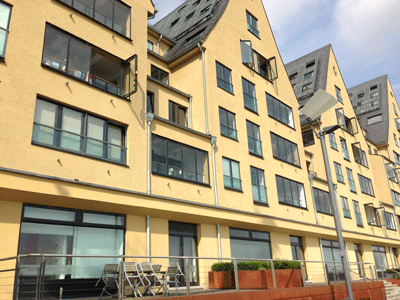
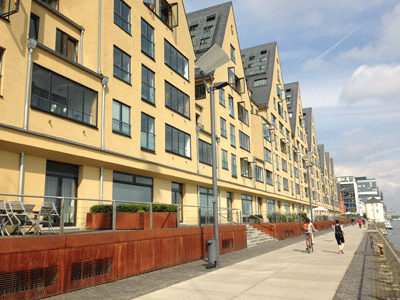
The cranes
And now we come to the port's contemporary witnesses: the cranes . For hundreds of years they have shaped the port with their work and their appearance. They are called semi-portal cranes and are made mobile on so-called crane guide rails. You could easily lift a few tons and pack the goods from the ships onto the locks. But there was also a giant in the harbor who was simply called Hercules. Hercules could hoist and load up to 30 tons. It was placed on a concrete base and could even be rotated 360 degrees. Such a crane had to be operated by several workers. He was just too big. In the past, the cranes still had to be moved with special cranks and gears. After a while, however, electronics and progress made work in the port easier in this area as well. Even the fat pitter was loaded there by the cranes at the port. Over time, almost all of the 40 cranes were scrapped. Only 6 remained, all of which were placed under monument protection. Including our popular and well-known Hercules .
